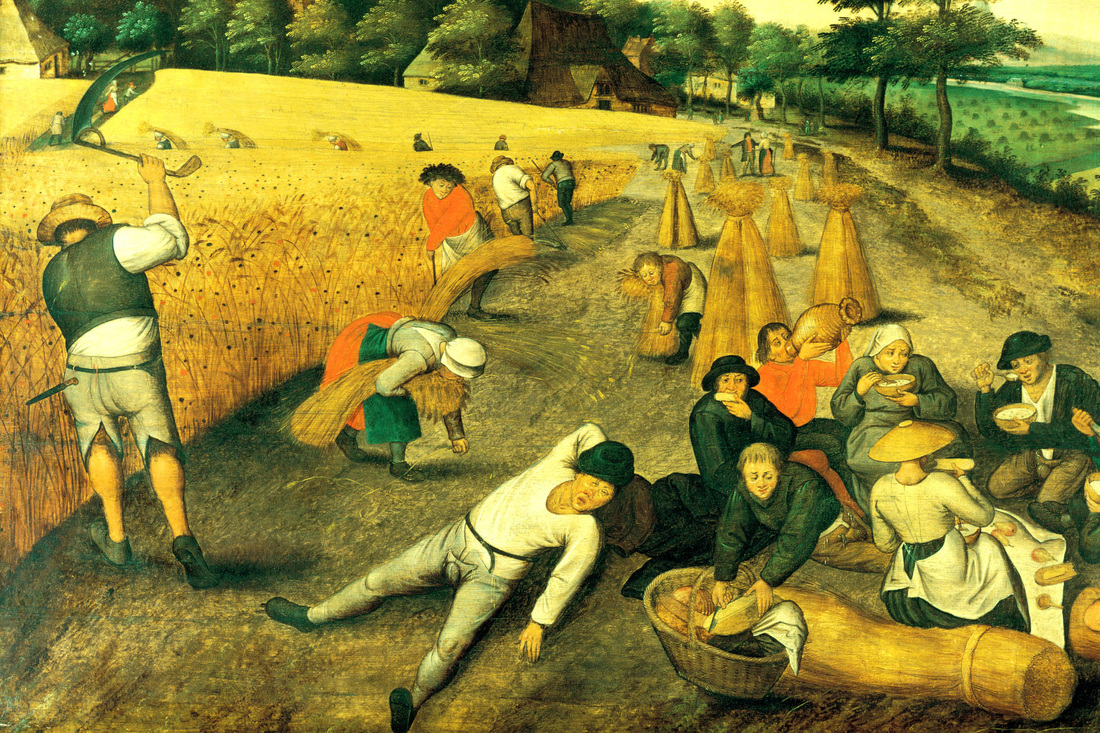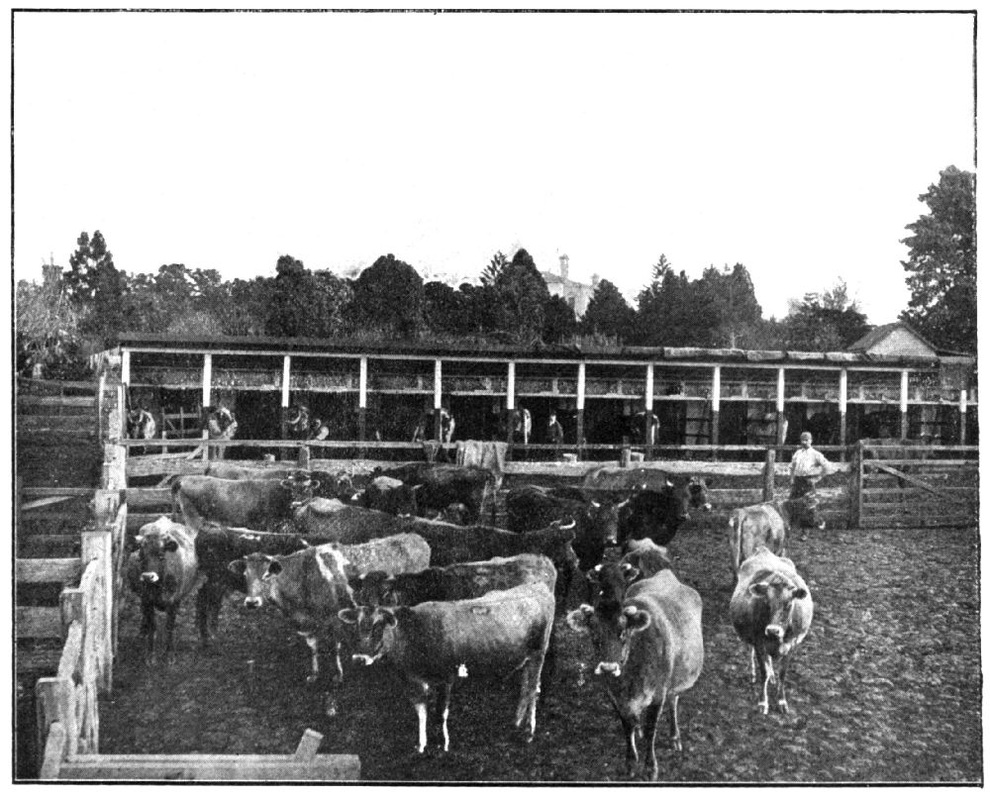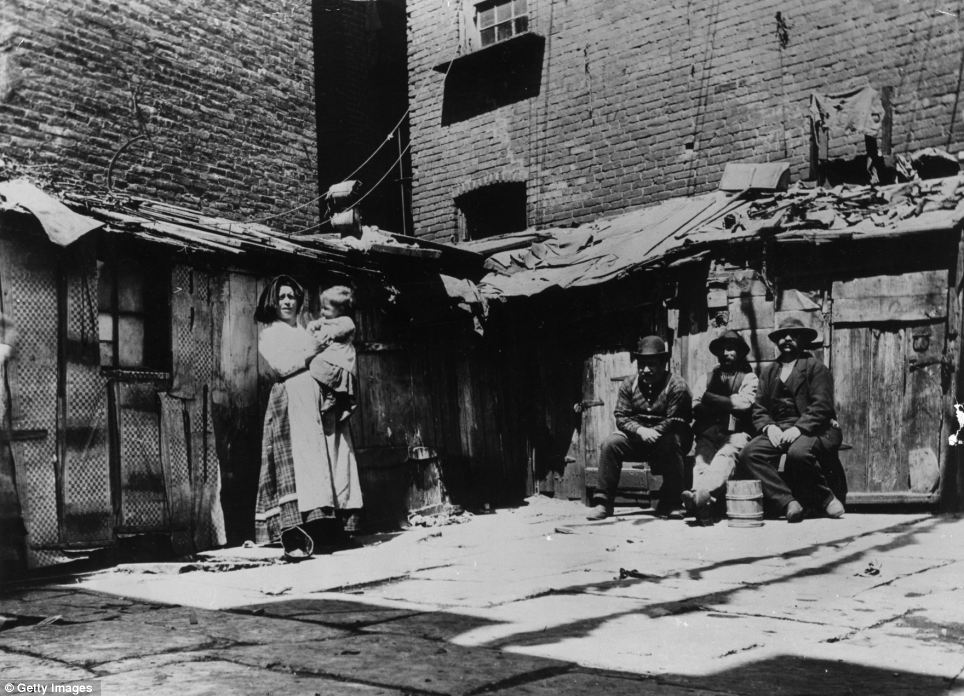When David was 20 years old, he lived with his mother in New York. David and Lisa were peasants, but they few had the money to purchase land or had sufficient skill and experience. Irish and Irish-Americans were among the increasing European and European-American population of Washington during the years 1846-1890.David and her mother turned to mining or business related to mining, lumber, or transportation. His dream of wealth became a reality in 1890 just 10 years since David started his jobs. Lisa and her son became one of rich Irish – American people. She wanted her son got married with an Irish – American girl, David followed by his mother’s idea so he married with Diana – a lovely girl was born in another Irish family, she immigrated with his mother to the U.S. in 1847 David’s family began from that.
David and his wife were helped by Diana’s father so they became successful dairyman, David’s family were at the center of the town's social life. In the year of 1900, David and his wife Diana also filled traditional occupations of unskilled workers such as domestic service and mining, but many achieved rapid financial and civic success. Together with successful of David, Lisa became one of the city's most generous philanthropists before she died because of her illness. Lisa was very pleased with the success and happiness of her son.(*)
Of course, nobody from Ireland immigrated to the United State became richer. In the 1900 census there were still hundreds of thousands of Irish immigrants living in poverty, mostly in urban slums. But economic circumstances were improving for a significant proportion, and the Irish, as a group, were gaining footholds in the workplace, especially in the labour or trade union movement, the police and the fire service. (**)
Sources:
(*) Irish Immigrant Women in in the 19th Century (Baltimore: John's Hopkins University Press, 1983)
(**) Irish immigrants living in poverty : James Paul Allen & Eugene James Turner, We the People; An Atlas of America's Ethnic Diversity (New York: MacMillan, 1988)
(*) Irish Immigrant Women in in the 19th Century (Baltimore: John's Hopkins University Press, 1983)
(**) Irish immigrants living in poverty : James Paul Allen & Eugene James Turner, We the People; An Atlas of America's Ethnic Diversity (New York: MacMillan, 1988)



 RSS Feed
RSS Feed